The Lord of the Rings: Return to Moria on PC
The Lord of the Rings franchise has had a few hits and misses throughout the years, from movie adaptations to the dreadful Gollum game that no one asked for. Yet, regardless of their Metacritic status, they have constantly introduced something new to the lore by giving fans a variety of perspectives within J.R.R. Tolkien’s beloved universe.
You could say the same for Lord of the Rings: Return to Moria’s unique storyline, as you take on the role of a courageous dwarf who has found themselves lost in the labyrinths of Khazad-dûm. If you’re a fan of the franchise, you’ll undoubtedly remember this iconic location where the Fellowship of the Ring had one of its first significant turning points, ultimately changing the group’s fate.
As a LOTR lover myself, Return to Moria is an excellent way to get back into the series as a continuation of Return of the King. You’ll see a few familiar faces and names — specifically Gimli, who is still the same old, snarky rascal with his classic jokes and comebacks. This time, however, he has taken on the leadership role of your crew as he seeks to restore Dwarrowdelf to its former glory.
The character creation and the graphics, in general, are nothing to write home about, but I suppose the LOTR games haven’t necessarily been known for having top-tier visuals. Other than appearances, you can adjust your origins with your personality type, which doesn’t seem to affect your gameplay in any way. I would have liked to see more impact in this aspect, similar to what was done in Baldur’s Gate 3, even if it was something as small as making an impulsive decision with the Brash persona.
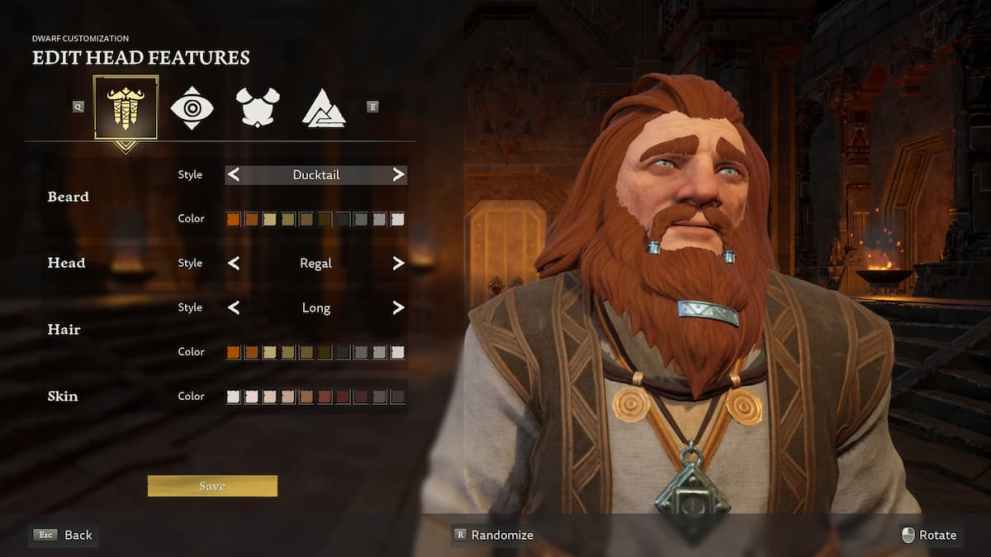
Once the character creation is out of the way, you’ll dive into the wonders of Middle Earth; or at least, in the dark depths of Moria. You’ll be separated from your crew immediately after the plan to retake the mountain goes amiss, placing you in a cave without any food or gear.
Right off the bat, it’s plain to see how similar Return to Moria is to all your favorite survival games, primarily with Minecraft. You’ll have to make the same type of tools that these titles typically include, such as a torch, pickaxe, and sword. Although players won’t be able to chop up some wood from the outside, they can take advantage of any broken structures to collect resources for their travels.
The only downside is that you will be surrounded by darkness for most of your playthroughs, given that Moria is an underground location. I completely understand why the game needed to be darkly lit most of the time, but I would’ve preferred having some luminous areas just so I didn’t have to rely on my torches all the time.
It can also make exploring much more confusing, as the numerous tunnels and blocked destinations can make navigation overwhelming. This isn’t even mentioning the fact that the character’s movements are relatively slow, with the exception of fast travel.
On the brighter side, the building mechanics make it all worthwhile since it allows you to set up multiple bases around the map, improving these mundane areas substantially. I never would have thought Lord of the Rings would have a crafting game such as this, and it somehow was a welcomed surprise that distinguished itself from the heavy combat shown in previous titles.
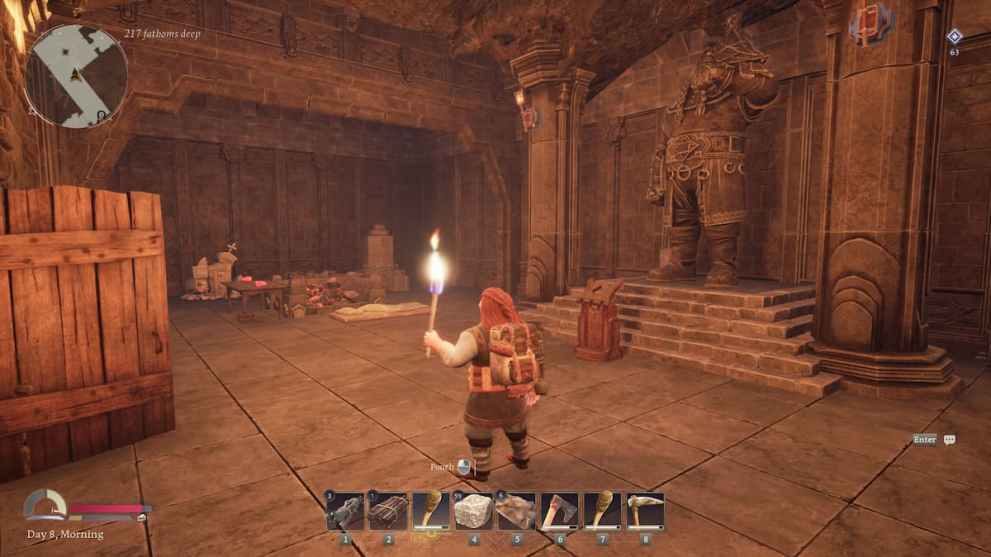
You’ll be able to construct walls to protect your home from evil creatures and utilize as many torches as possible to light up the place. I found myself getting lost in the customization, setting up safe pathways to make the journey much more accessible. Out of all the builds, the Repair Smithy is one of my favorites due to its restorative properties whenever a tool breaks, which happens quite a lot.
At the same time, players can participate in the main campaign to complete a series of tasks, starting out with the reconstruction of an old camp. Therefore, anytime you’ve had your fill of its building gameplay, you can lean on its objective-based storyline to give you more options.
The more you explore, the more you’ll run into the creatures of the dark who can either bring you or your bases down. Unfortunately, Return to Moria’s combat isn’t the greatest regarding the character’s slow movement speed and lack of abilities.
I believe what makes it even more underwhelming is the fact that these enemies don’t necessarily give you anything in return. It gets tedious after a while, mainly when the attack phases continuously happen throughout your session. At least with Minecraft, you can have some peace in the day, so you don’t have to worry during building.
It also would have been nice to have healing food items at the beginning of the game instead of always returning to your base to replenish your health. However, it would help if you experienced it in co-op mode to improve your survivability and bring more life to these desolate places.
When all is said and done though, Return to Moria is a great starting point that could open the door to more untold LOTR stories. I just wish it branched out beyond Moria rather than limiting players to one dark area. I mean, I don’t think it’s too much to ask to see the sun every once in a while. It’s still an excellent entry for the franchise thanks to its tiny details, whether it be Fellowship references or the dwarf’s singing during mining.
If you are a fan of Lord of the Rings and survival games, then you should definitely pick up Return to Moria. It offers a new side to the franchise that establishes a cozier take to these combat-heavy games using its entertaining building mechanics. I look forward to seeing how this unique aspect evolves the series, especially with the upcoming Tales of the Shire.
- Building mechanics are entertaining and brings more life into the desolate areas.
- All the LOTR references.
- Fun co-op experience.
- Limited map that will often make you feel lost in the dark.
- Underwhelming combat.
- Slow character movement.

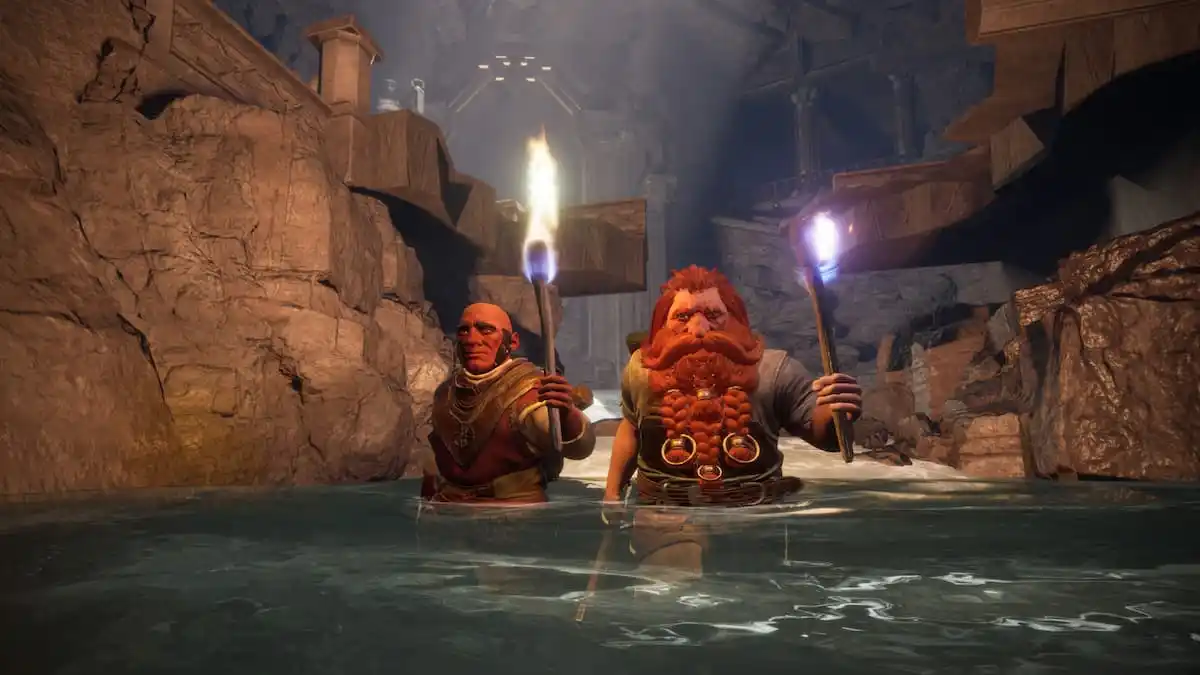




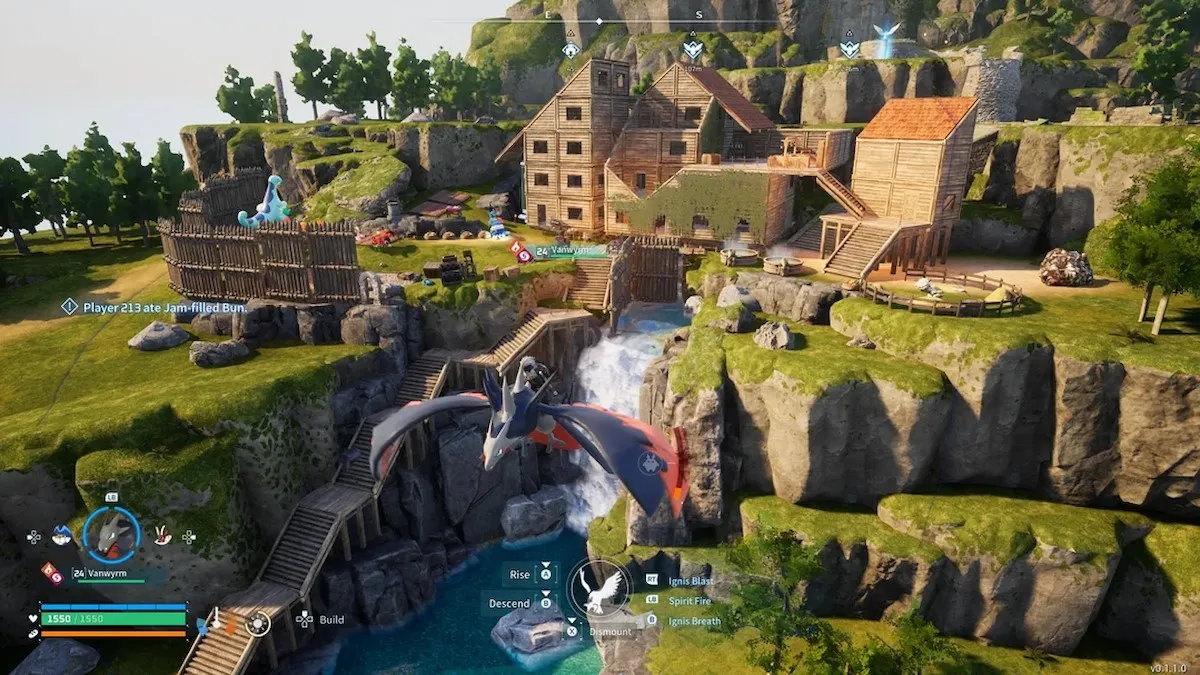

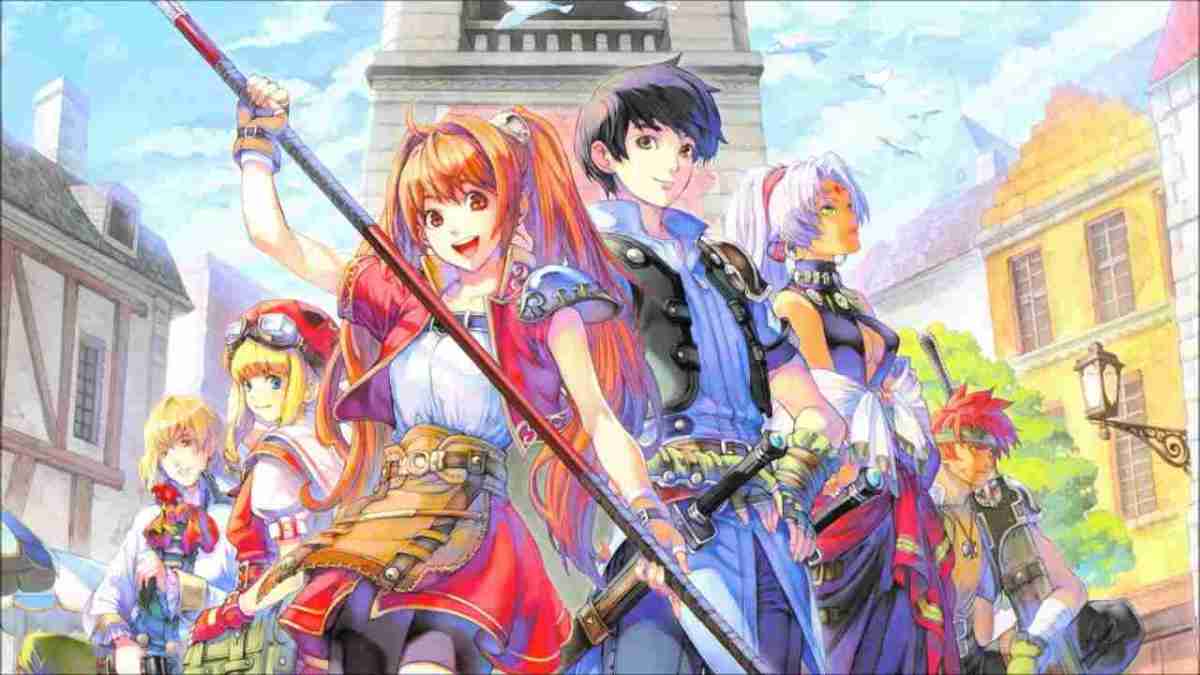
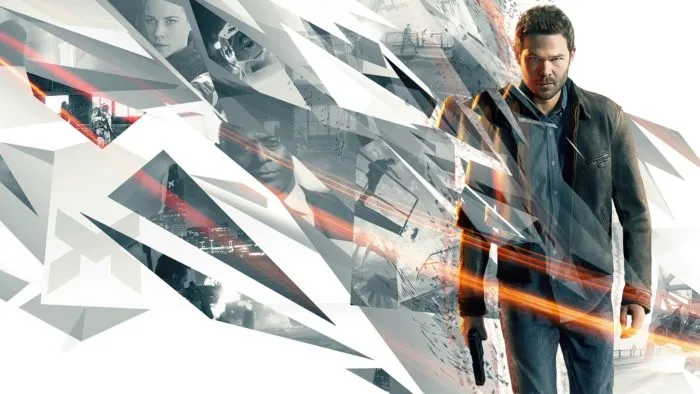
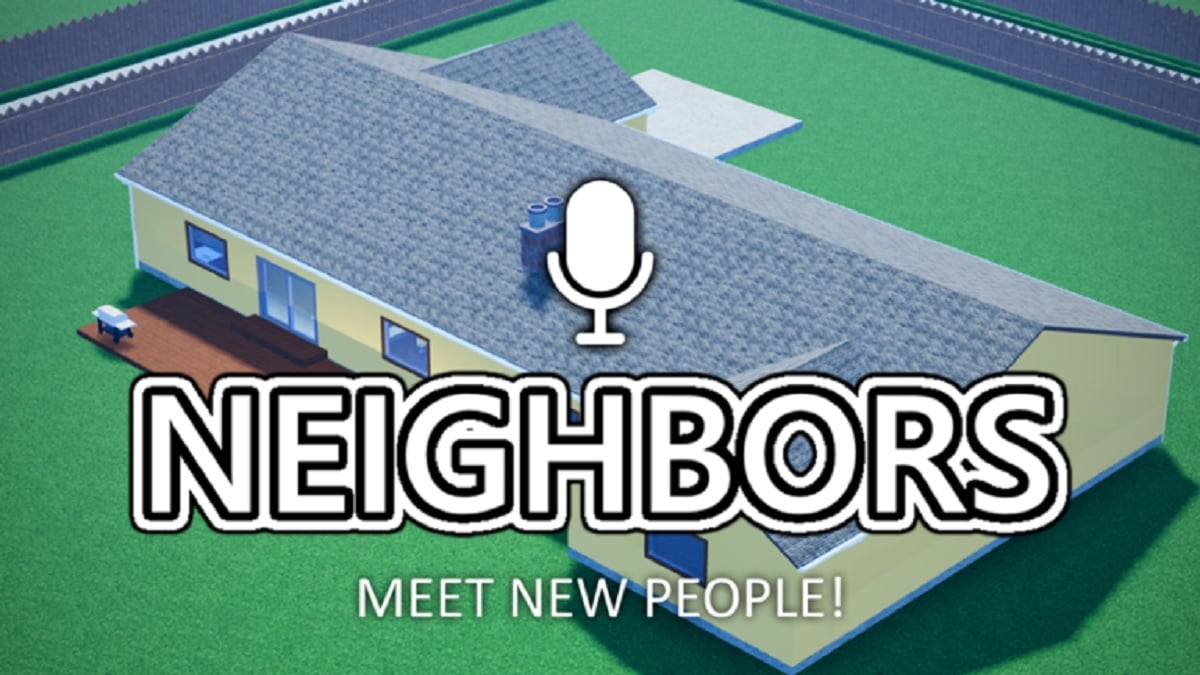
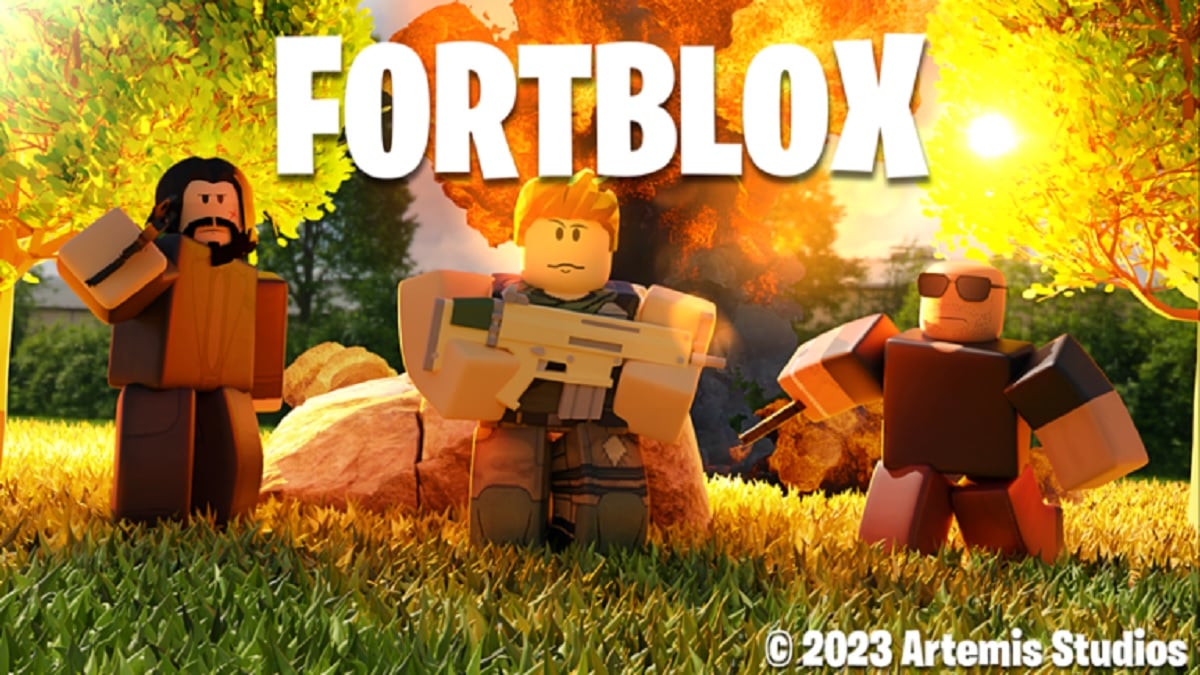

Updated: Oct 31, 2023 12:40 pm